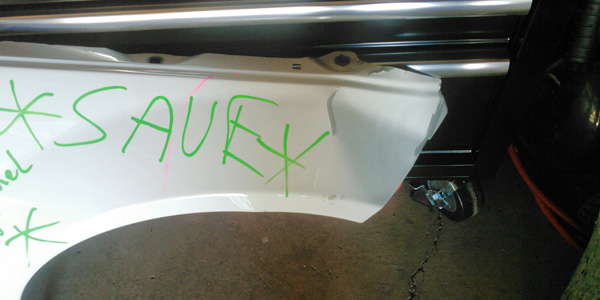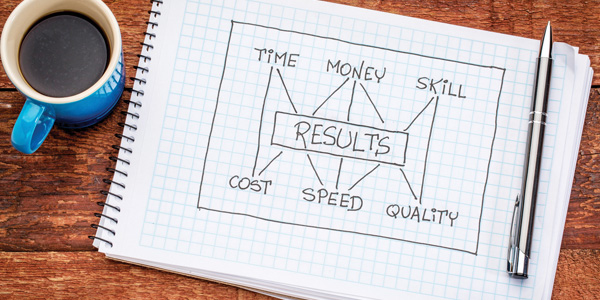
Q: Do you know what is the going rate on aluminum repair? We have some insurance people who are saying to leave your rate at your current rate and double your repair time. For example, if your rate is $48 and it’s a three-hour dent, they’re telling shops in my area to make the three-hour dent into a six-hour dent and leave your rate at the low rate of $48. Are you hearing anything like this? Sounds like deceptive business practices.
A: No, I haven’t heard about this, but I’m not surprised at what the insurers have suggested. Your question reminds me of what a wise man once told me: “Never take advice on how to collect money from those who owe it!”
You, along with other repairers, already use what is commonly referred to as funny times (“two-fer-one”) when figuring standard judgment repair times, so why would doing so for aluminum be any different?
And you’re correct that charging double the time it actually takes could be considered a deceptive business practice, but that has been the way it has been in the collision repair industry for decades. It was started by repairers in an effort to make up for the lower and underpaid labor rates. The insurers love it, however, because it holds a potential claim for fraud over the head of the body shop owner and – more importantly – it underpays for the “book time” listed in labor time guides, which are based on actual repair activities or what is referred to as “real time.”
So when a repairer gets paid 4.0 hours “judgment time” to repair a 2.0 hour dent, in a sense, the labor rate is doubled. However, when replacing a fender or other task where the labor guide book’s “real” time is applied, at the low labor rate, the shop and their technical staff suffer a significant (50 percent) underpayment.
As an example, one receives the actual 2.0 hours book time to R&R a fender at the low labor rate… not 4.0 hours! This begins to add up when replacing quarter panels, trunk floors, etc.
The only correction is for the collision repair industry to stop the funny times and begin to assess an hour for an hour at a true labor rate that is more equitable and provides the service provider the needed funds to invest in quality people, ongoing training, maintenance and new equipment, just as other businesses in other industries do.

As for determining labor rates and allowances, including aluminum labor, one should base them on several factors including but not limited to:
- The actual cost of doing business plus one’s desired margin of profit or mark-up.
- The going labor rates of others in your marketplace that offer the same level of quality, service, warranty, etc. Are you a high-volume, low-value provider or a low-volume, high-quality provider? Where do you need to be to remain competitive in your specific market?
- What is needed to attain a reasonable return on your investment (“ROI”)
- Pricing (high or low) that enables one to convey their desired perceived value and desired level of competitiveness in one’s market. Do they wish to compete based upon price alone, value (quality and service) or both?
Let’s face it, most consumers often associate quality with pricing; this is where the old adage, “Cheaper is rarely better and better is rarely cheaper” comes from.
To help determine where you stand in your immediate and surrounding market areas, you should call and survey other service providers who are perceived to offer the same level of service, quality and warranty as you. You may also wish to contact Richard Venezuela of National Autobody Research, who developed the Variable Rate System (VRS), to learn what others in and around your specific area and across the country charge for such services. You can see and learn more about their offerings at www.vrssystem.com. Contact Richard at [email protected].













